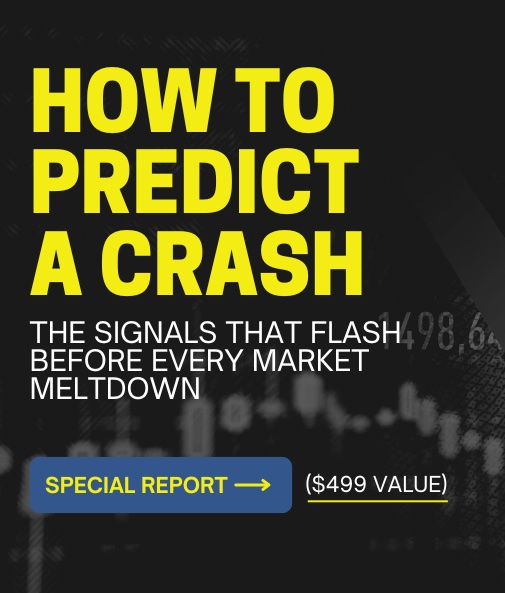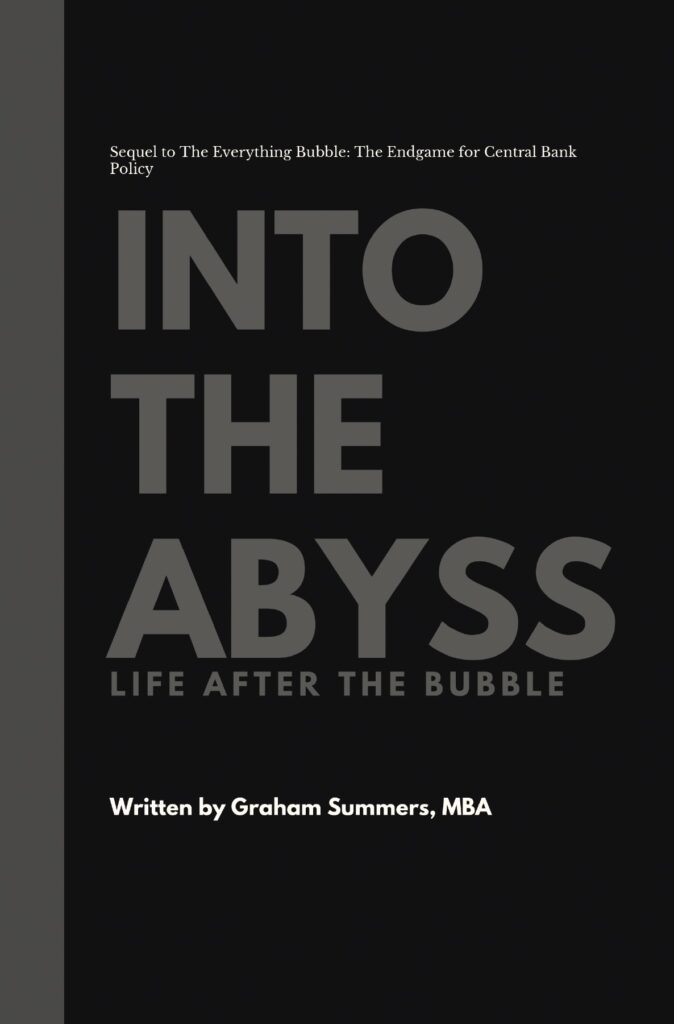In our last two articles, we’ve noted that now is NOT the time to be aggressively deploying capital into the stock markets.
Sure, stocks have hit a series of new all-time highs… but this market rally is getting VERY long in the tooth. And the risk/ reward framework suggests waiting for a pullback/dip before adding to long positions.
Some of the warning signals we’ve noted:
- The S&P 500 has formed a clear rising wedge formation. Stocks must now go parabolic to the upside or correct. With the market up 30% from the lows, and overbought on a daily and weekly basis, the odds favor the latter outcome.
- Stocks are extremely extended above key moving averages. Historically, this degree of overextension above the short-term and intermediate term trend has resulted in a period of consolidation if not a short-term top.
- Market leading metrics (high yield credit, breadth) have begun to roll over, suggesting stocks will do so soon.
- Historically, August has been a poor month for stocks during a President’s 2nd term. As Ryan Detrick has noted, the average August performance under these conditions is DOWN 3.4%.
We get additional signals that stocks are due to correct from earnings.
In the last week, multiple companies have announced spectacular quarterly results, only for their stocks to sell off.
Visa (V) reported revenue growth of 14% and Adjusted Earnings Per Share (EPS) growth of 23% for its 1Q25 results. The stock dropped almost 2% in the after-hours.
Similarly, Alphabet (GOOGL) beat both revenues and EPS expectations… but couldn’t hold on to its gains despite these stellar results. Once the market opened the next day, GOOGL shares promptly sold off and spend most the day at the lows.

When companies report spectacular results and can’t catch a bid… it’s a major signal that a stock market rally is getting exhausted. So again, I urge you NOT to put a lot of capital to work right now, but instead to wait for the next major buying opportunity.
The big question is if the inevitable pullback will be a garden variety correction or the start of something worse: the AI bubble bursting and a market collapse.
To answer that, we rely on a proprietary market timing trigger that has caught every market meltdown of the last 45 years. We detail it, how it works, and what it’s currently saying about the markets in a special investment report How to Predict a Crash. If you’re looking for a clear signal of when to get out of the markets, this is it!
Normally we’d sell this report for $499, but in light of what’s happening in markets today, we’re making just 99 copies available to the investing public.
To pick one up…
Graham Summers, MBA
Chief Market Strategist
Phoenix Capital Research




